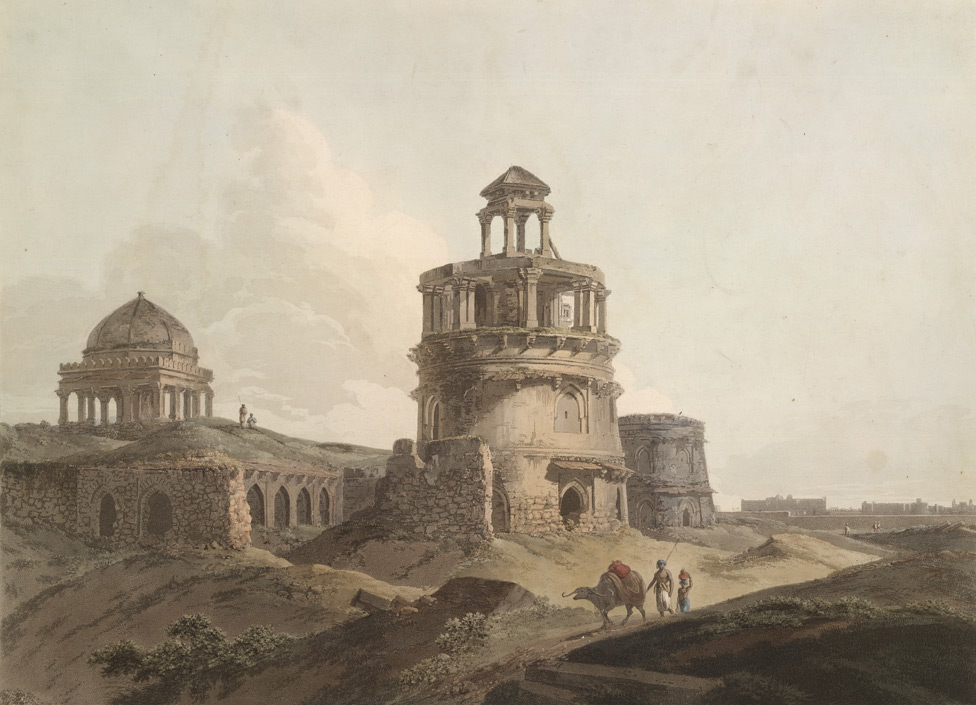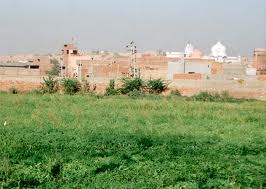Nestled in the heart of Haryana, Feroz Shah's Palace stands as a testament to the architectural and strategic brilliance of the Delhi Sultanate during the 14th century. The fortress complex of Hisar-e-Firoza represents more than just a military stronghold; it embodies a pivotal moment in medieval Indian history when cultural exchange and architectural innovation converged.
The palace's construction under Feroz Shah Tughlaq in 1354 AD was a deliberate strategic masterpiece. Located on the critical Delhi-Multan Road, the fort served as a crucial waypoint connecting different regions of the expanding sultanate. Its red sandstone walls, meticulously crafted from materials transported from Mahendragarh, spoke to the technological and logistical capabilities of the era.
Architectural elements within the complex reveal a fascinating synthesis of Islamic and Indian design philosophies. Structures incorporated pillars from Hindu temples, demonstrating a nuanced approach to cultural integration. The complex included diverse spaces: a mosque, a Diwan-e-Aam, royal residential quarters, underground apartments, and a granary. Each structure told a story of administrative complexity and architectural sophistication.
The narrative of Feroz Shah's Palace is incomplete without understanding the human stories embedded within its walls. The tale of Gurjari Mahal, built for a local Gujjar girl who once offered the Sultan water during a hunting expedition, exemplifies the complex social dynamics of the time. This palace, connected by an Islamic garden, represented more than architectural prowess—it symbolized unexpected human connections across social boundaries.
Archaeological investigations have revealed that the site's historical significance predates the Tughlaq era. Remains of an older Indus Valley civilization town suggest layers of human habitation and cultural transformation. The Ashokan pillar within the complex serves as a tangible link to even more ancient historical periods, bridging medieval architectural achievements with prehistoric cultural landscapes.
The complex's cultural importance extends beyond its physical structures. The Lat ki Masjid mosque, featuring Seljuk architectural influences, and the Jahaj Kothi Museum—once a Jain temple and later a British-era residence—demonstrate the site's remarkable adaptability. These spaces reflect the fluid cultural exchanges that characterized medieval Indian society.
Recognized as a Centrally Protected Monument by the Archaeological Survey of India, the palace has undergone careful restoration since 1924. This ongoing preservation effort ensures that future generations can appreciate and understand the nuanced historical narratives embedded in its stones. The site continues to serve as a crucial educational resource, offering insights into the complex socio-political dynamics of medieval India.
Today, Feroz Shah's Palace stands not just as a historical artifact but as a living narrative of cultural resilience and architectural innovation. Visitors wandering through its corridors can sense the echoes of sultans, soldiers, and civilians who once inhabited this remarkable space—a microcosm of medieval Indian complexity preserved in stone and memory.






